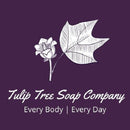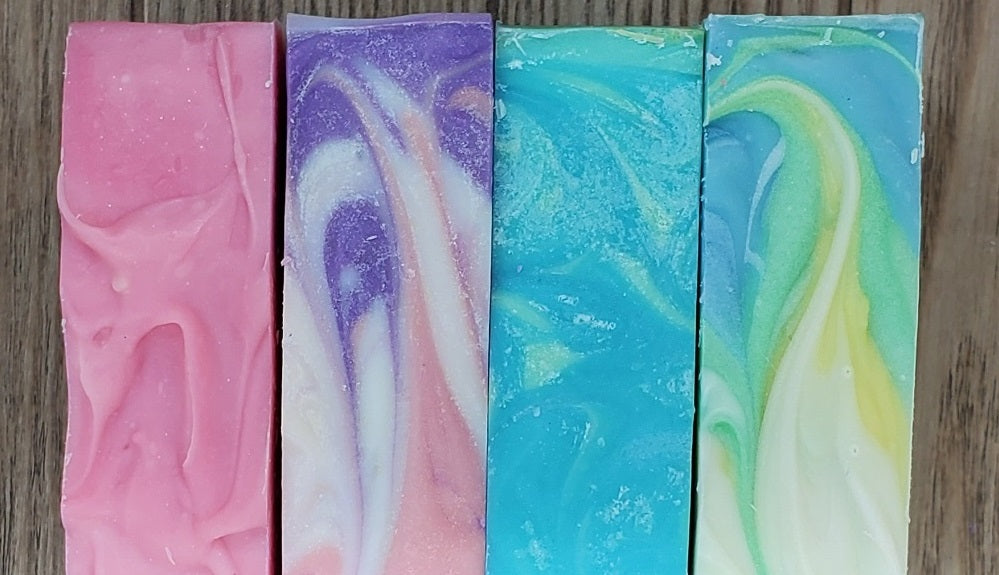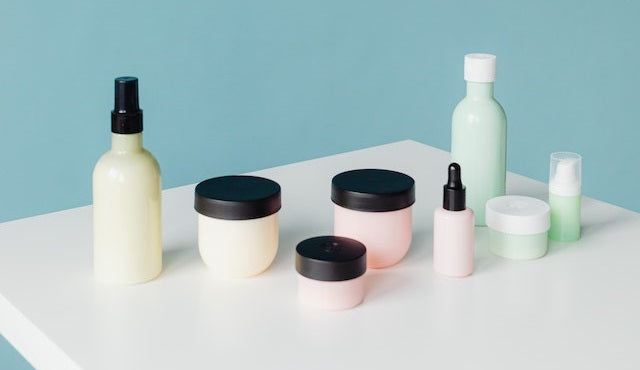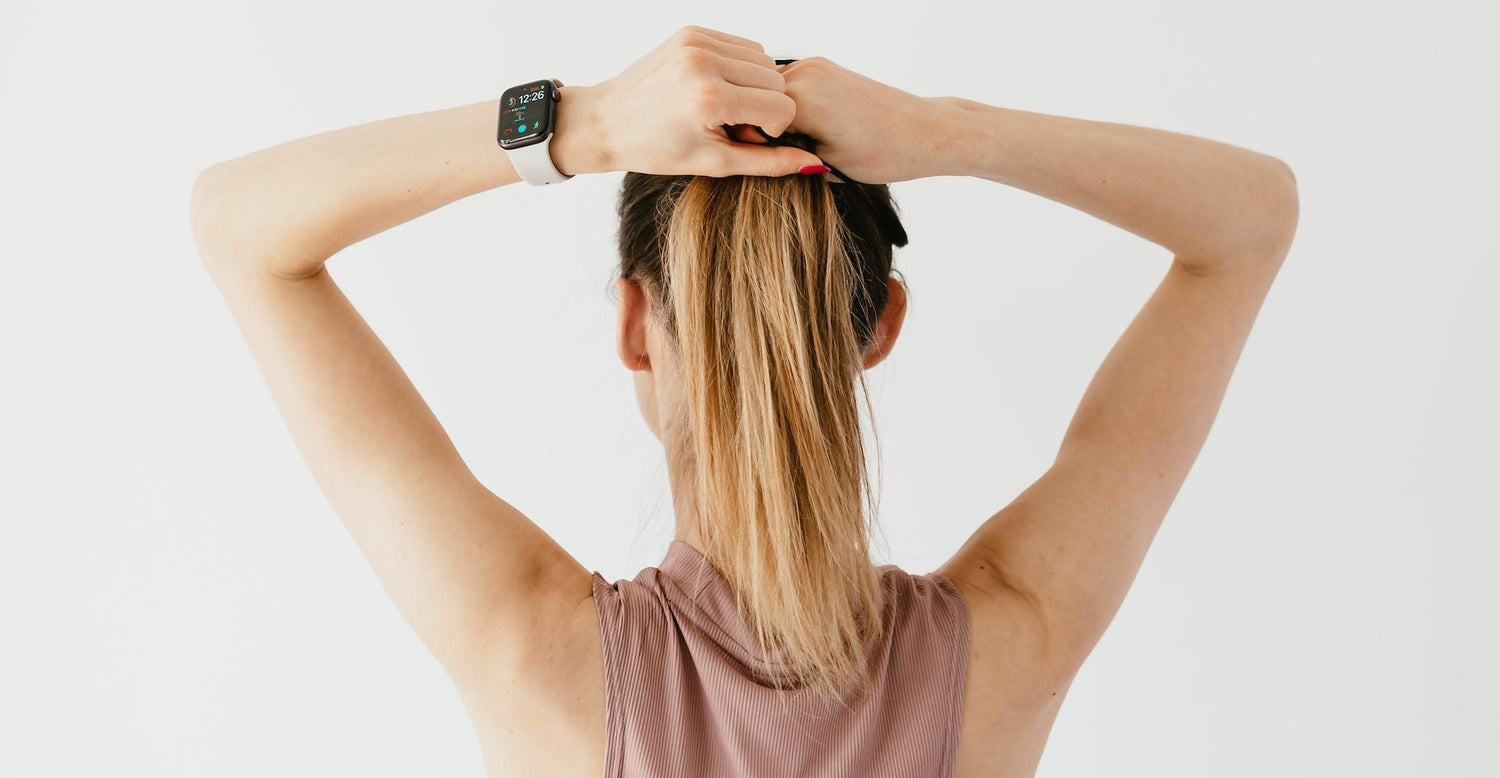No matter how basic your hair care routine, conditioner probably plays a role. After shampoo, it’s the most widely used haircare product, but why is it so important? What does it actually do?
Let’s dive a bit deeper to answer those questions with everything you need to know about hair conditioners.
Understanding the Hair Cuticle
 First, we need to start with a little bit of hair anatomy. The exterior of the hair shaft is called the cuticle which consists of keratin-based scale cells in a shingle pattern over the cortex, or inner layer of the hair shaft. When the cuticle scales lie flat against one another, the strands are smoother, allowing light to reflect, thus creating a smoother, shinier appearance.
First, we need to start with a little bit of hair anatomy. The exterior of the hair shaft is called the cuticle which consists of keratin-based scale cells in a shingle pattern over the cortex, or inner layer of the hair shaft. When the cuticle scales lie flat against one another, the strands are smoother, allowing light to reflect, thus creating a smoother, shinier appearance.
When the scales are damaged or worn, they don't lie flat. Instead, the cuticles are more likely to snag against each other, plus, they expose the cortex. The result of this friction? Dryness, damage, frizz, tangles, and split ends. So, what damages the hair’s cuticle and opens up the shingles to expose the delicate cortex?
- Heat, like hair dryers, curling irons, or flat irons
- Chemicals, including hair color, relaxers, or hard water
- UV rays or wind
- Shampoo, especially those with sulfates and harsh ingredients.
How Does Hair Conditioner Work?
Conditioner prevents or reverses damage to the hair cuticle and cortex by coating each individual strand, smoothing down the scales of the cuticle and filling in the microscopic areas of damage. This reverses damage and improves your hair’s texture and manageability, making it smoother, softer, and less prone to tangling.
To understand how this process actually happens, we need to dig into some science.
Cationic Surfactants in Hair Conditioners
Each strand of hair has a very weak negative charge, and conditioning ingredients called cationic surfactants have a positive charge. This means that each molecule of the conditioning ingredient can bind to the hair in an electrostatic reaction, creating a protective coating that seals the cuticle and smoothes each strand. Because of the reaction, the coating adheres even after the conditioner is rinsed out of your hair.
Cationic Conditioning Ingredients
The most common cationic surfactants found in hair conditioner include:
- Behentrimonium methosulfate (and) cetearyl alcohol (shortened to BTMS-25)
- Bbehentrimonium methosulfate and cetyl alcohol (shortened to BTMS-50)
- Cetrimonium chloride
- Polyquaternium 7 or 10
A Word on Anionic Ingredients
Some ingredients in conditioners are anionic, a negative charge that when applied to each strand, it will repel other strands. While this may help prevent tangles, these ingredients are primarily used for other benefits as the conditioning properties are minimal. Common anionic ingredients in conditioners include:
- Hydrolyzed proteins
- Keratin
- Panthenol
Other Ingredients in Hair Conditioners
The cationic charge is what makes a conditioner a conditioner. That’s why you can’t condition your hair with coconut oil or shea butter - you can moisturize and hydrate, but they don't trigger the electrostatic bond that coats and protects the hair. Technically, you could have a conditioner made solely with a cationic conditioning ingredient like BTMS-25 (and a tiny amount of a preservative) because it will do the single job of conditioning.
But, why limit yourself when you could get so many incredible benefits. A good conditioner doesn’t do a single job. They moisturize, protect, boost shine, strengthen, etc - seriously, they’re real multitaskers.
Let’s break down some of the common ingredients you’ll find in a good hair conditioner:
- Oils and butters have natural fatty acids to add moisture and soften dry hair (Ex shea butter, mango butter, sunflower oil, coconut oil, etc.)
- Proteins penetrate the hair to restructure and strengthen the strand while leaving a light negative charge (Ex. hydrolyzed quinoa protein, keratin, hydrolyzed silk)
- Humectants draw moisture from the air into your hair and hold it to hydrate the strands (Ex. glycerin, sodium lactate)
- Preservatives prevent your liquid conditioner or conditioner bar from developing mold or bacteria
- Glossiers or polymers add a shiny coating to each hair strand and are usually a silicone or silicone substitute (Dimethicone or broccoli seed oil)
- Vitamins prevent and reverse damage to the hair strand (Ex. panthenol, tocopherol)
Now, a liquid or bottled conditioner is between 70 and 85 percent water. On the other hand, a conditioner bar is 100 percent active ingredients. They’re very concentrated, but a little goes a long way!
Choosing the Right Conditioner
Choosing the right hair conditioner is essential to getting the hair you want, whether it’s reversing damage without weighing down fine hair or nourishing your hair with richer ingredients to prevent or reverse damage. Look at the labels and the ingredients and consider how they will affect your hair.
For example, if you have fine hair, look for lighter ingredients that can add volume like rice protein, lightweight oils and, panthenol. On the other hand, if your hair is thick and curly, heavier emollients like cocoa butter or richer conditioners like behentrimoinium methosulfate (and) cetyl alcohol will fit the bill.
Feeling a bit confused? We can help! Our Weightless Conditioner Bar is perfect for almost all hair types, including fine hair, oily-to-normal, or hair that has minimal damage. The Revive and Restore Conditioner Bar is ideal for dry, damaged, or curly hair that needs extra love (and lots of added moisture!). Got questions? Feel free to reach out to us and learn more!




